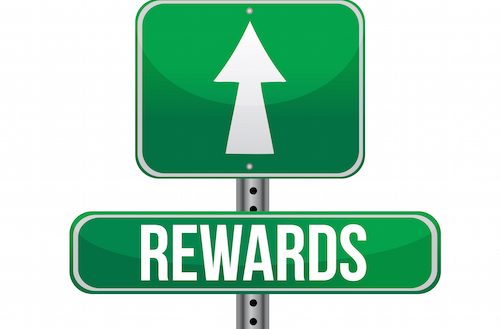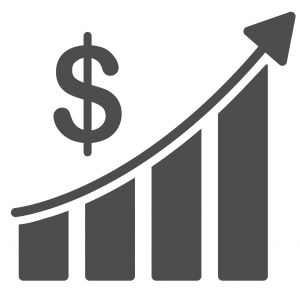
Show Me the Money?
One of my main goals for the blog is to get people to be rewarded for their spend. Paying with cash and debits cards doesn’t do that, but using a rewards card of some kind does. It’s gotten to the point where I have a near physical reaction when I see people pay with cash for purchases. Getting rewarded for your spend in any way is good, but cash back for most credit cards amounts to just 1% – 2% of your purchases. So for every $1,000 in actual spend, you’re only getting $10-$20 back. But by using a points earning credit card instead, you can get many multiples on that return.

2% Cash Back Credit Card
There are many examples and variables that could be examined, but I’ll keep it simple here. Let’s say that you have a solid cash back credit card that earns 2% back on every purchase. You spend $20,000 for your first year, and earn the same rate (2%) on all purchases:
Result
Your cash back for the year is $400. It’s possible that you could earn additional cash back from shopping portals, perhaps doubling your cash back for the year (or roughly $800 for $20k in spend). That’s a nice chunk of change in return for your spend, but it’s still much less than utilizing a points earning credit card.
Travel Points Credit Card
Let’s say that you sign up for an airline rewards credit card with a sign up bonus of 60,000 airline miles. You obtain the sign up bonus after meeting the minimum required spend ($3k spend in 3 months) and also spend another $17,000 for the year. You also probably earned bonus miles for different bonus categories (grocery, gas, travel, etc.), dining rewards, and shopping portals which could easily amount to an additional 5,000 to 10,000 miles. Let’s stick with the low end of that estimate and use 5,000 miles additional points for the year. Now your total miles earned for the year is 85,000 miles (60k sign up bonus + 20k spend + 5k additional bonus points).
Result
With 85,000 points or miles, you could possible travel roundtrip at saver award levels to:
Economy Business First Class $ Value Range
Europe Yes Yes* Yes* $500 – $5,000
Central America Yes Yes Yes $400 – $1,500
Hawaii Yes Yes Yes $500 – $2,000
South America Yes Yes Yes $600 – $10,000
Asia Yes Yes Yes* $1,000 – $6,000
Africa Yes Yes Yes* $1,000 – $5,000
Alaska Yes Yes Yes* $1,000 – $2,000
Australia Yes $1,000 – $2,000
* indicates only enough miles for one way business / first class, not roundtrip (awardhacker.com)
Please note that 85,000 with every airline or bank points will get you to all of these destinations, so it’s not a one size fits all chart. Also, the values listed are estimates on the value of a paid cash ticket roughly 6-8 months out (via Google Flights) at saver award space levels and “normal” cash prices. It’s also very possible to surpass 85,000 points/miles in the first year of having the rewards card, but for simplicity I didn’t list different scenarios.
The point isn’t if the specifics values in the chart are accurate to the nearest point or dollar, but that choosing travel rewards over cash back can yield a much higher return on your spend. The bottom line is that it’s quite possible to earn many multiples on cash back if you have the right points or miles on the right flight.
Conclusion
If a sign up bonus for a points/miles earning credit card is involved, the value of those rewards will beat cash back nearly every time. Not every person though wants to fly business or even first class to New Delhi, and some people value cash via statement credits or deposits more than having to manage points or miles with an airline’s frequent flyer program. Frequent flyer programs often require knowledge of routing rules and restrictions, as well as some capability in booking award tickets, which many people aren’t fond of.
If a sign up bonus isn’t factored into the equation, then the value of the rewards for cash back vs. points becomes closer. However, this example focused on the rewards earned for a new credit card. I’ve amassed literally hundreds of thousands of dollars worth of travel rewards that I’m hoping will create some great trips in the future. If I focused only on cash back returns, I would have only a portion/fraction of those returns. Because I love to travel, and because travel rewards generally produce higher returns, cash back rewards are a secondary option.
